Labeling Regulations
Labeling Regulations
Labeling Regulations
Labeling regulations are rules set by governments or organizations to ensure that product labels provide necessary information to consumers. These rules help protect consumers and ensure fair trade practices.
Why Are Labeling Regulations Important?
Labeling regulations are crucial because they provide consumers with essential information about the products they buy. This includes details like ingredients, nutritional information, and usage instructions. Without these regulations, consumers might not have the information they need to make informed choices.
Key Elements of Labeling Regulations
Labeling regulations often require specific details to be included on packaging. These details can include:
- Product Name: The name of the product must be clear and accurate.
- Ingredients List: A list of all ingredients, usually in descending order by weight.
- Nutritional Information: Information about the nutritional content, such as calories, fats, and vitamins.
- Manufacturer Information: Details about the company that made the product.
- Expiration Date: The date by which the product should be used.
Examples of Labeling Regulations
Different countries have different labeling regulations. For example, in the United States, the Food and Drug Administration (FDA) sets labeling rules for food and beverages. In the European Union, the European Food Safety Authority (EFSA) oversees food labeling.
Compliance with Labeling Regulations
Companies must comply with labeling regulations to avoid fines and legal issues. Compliance ensures that products can be sold in different markets. Non-compliance can lead to product recalls and damage to a brand's reputation.
Conclusion
Understanding and following labeling regulations is essential for any business involved in packaging. These rules help protect consumers and ensure that products are safe and accurately represented. Always stay updated with the latest regulations to ensure compliance.
Blog Posts with the term: Labeling Regulations

Packaging regulations are crucial for businesses involved in the manufacture, distribution or sale of packaged goods. They protect consumers and support fair competition by governing every aspect of packaging from design to label information. Compliance with these rules is essential...
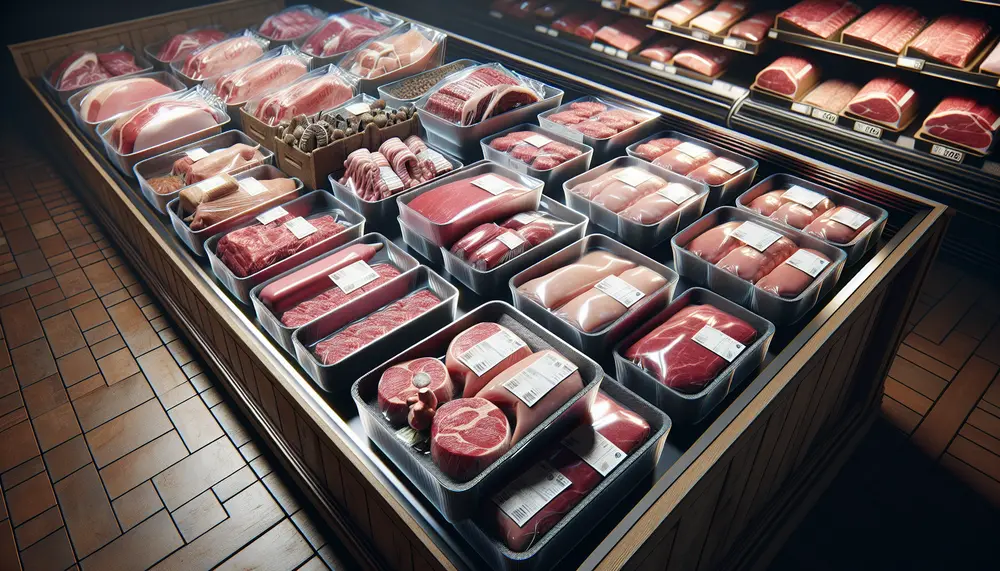
Innovative packaging for butchers is essential for maintaining meat quality, enhancing visual appeal, and ensuring safety. Different materials like butcher paper, trays, vacuum bags, cling wrap, label rolls, and freezer paper cater to various needs in the industry....

The pharmaceutical packaging industry in India is crucial for global healthcare, focusing on safe drug distribution and innovative solutions like tamper-evident features while adapting to market needs with sustainable practices. The sector is experiencing robust growth, driven by innovations, health...
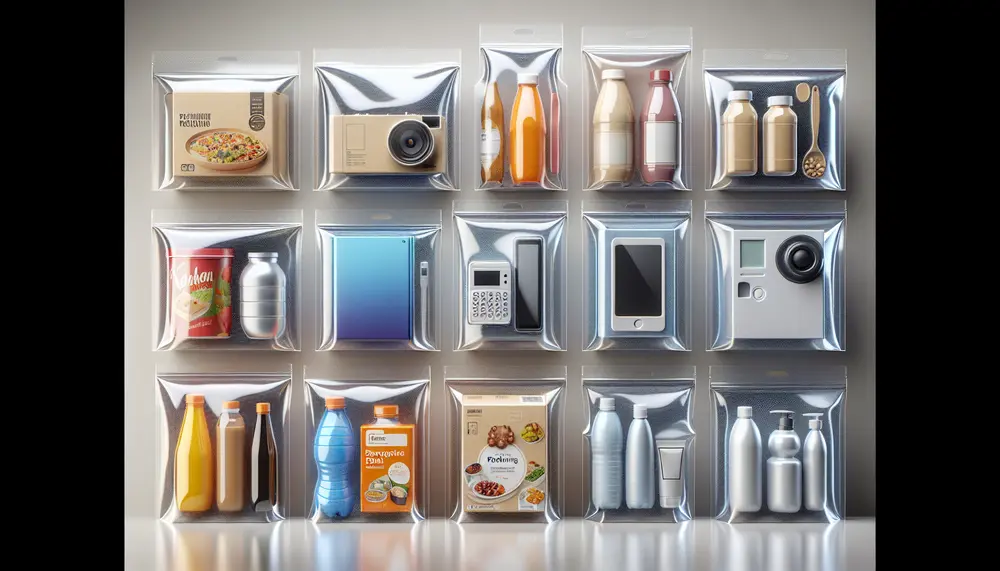
OPP windows in packaging refer to clear sections made from Oriented Polypropylene that allow consumers to see the product inside, enhancing transparency and aiding purchase decisions. These features offer both practical and aesthetic benefits but also come with environmental concerns...
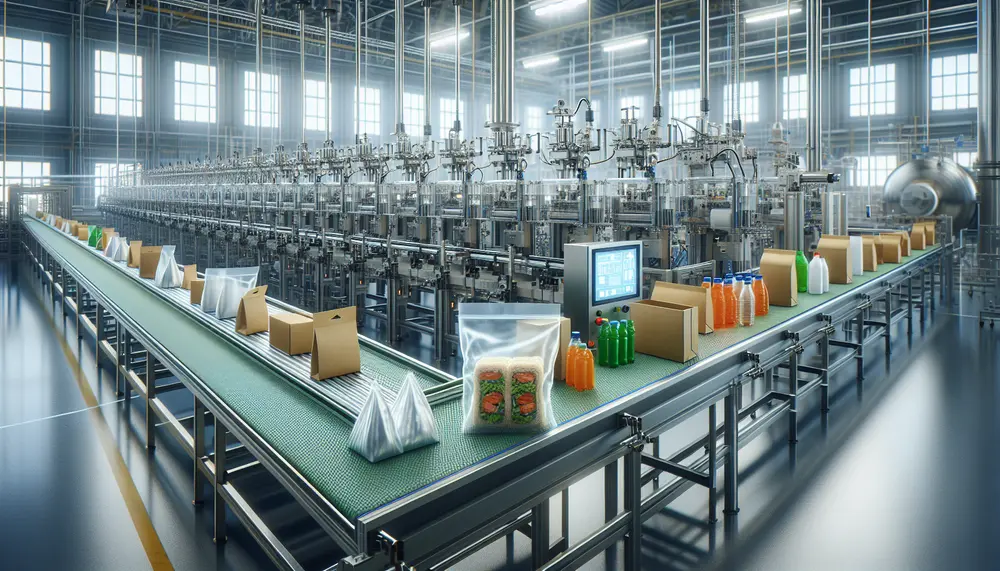
Industrial food packaging is essential for protecting and preserving the quality, freshness, and safety of food products during transportation and storage. It utilizes various materials like plastics, metals, glass, and paper to meet demands of mass production and distribution while...
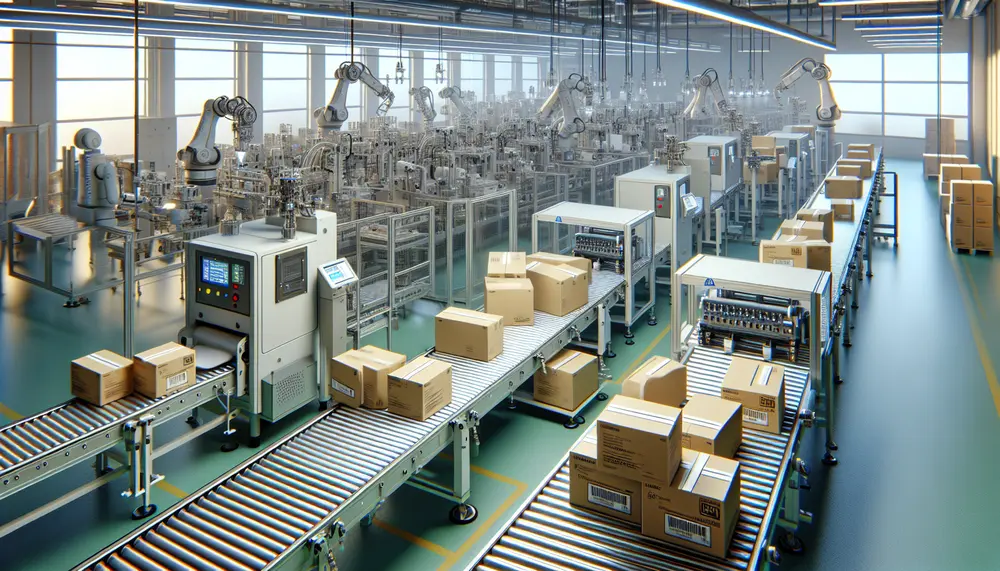
Pharmaceutical packaging lines are essential in the pharmaceutical industry, ensuring drugs are safely and securely packaged to maintain their integrity and comply with stringent regulations. These systems incorporate advanced technologies like robotics, AI, and track-and-trace systems to enhance operational efficiency...

The pharmaceutical industry is evolving with innovations in packaging that enhance patient safety, improve drug efficacy, and meet regulatory requirements. Key advancements include smart blister packs for tracking medication adherence, high-barrier materials for protection against environmental factors, tamper-evident bottle features,...

Product packaging is essential for protection, communication, and marketing; it must align with the product's physical needs and brand identity. Effective design balances visual appeal, functionality, user experience, and market demands to differentiate products. Choosing the right materials involves considering protection...

Pharmaceutical packaging in the EU plays a vital role beyond protection, ensuring safety, compliance, and sustainability while adapting to diverse market needs under strict regulations. Key frameworks like the Falsified Medicines Directive and European Green Deal drive innovation in traceability,...
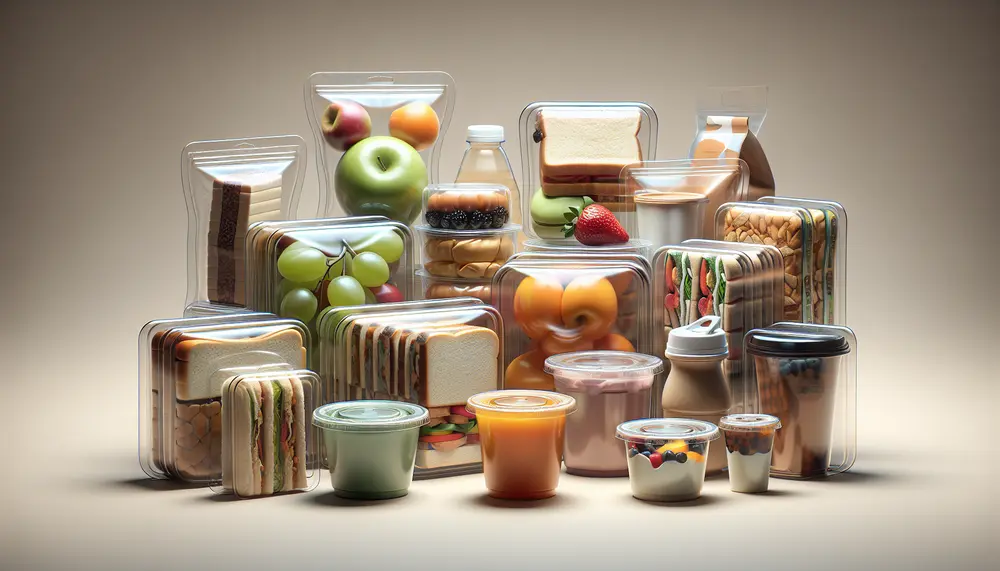
Snack packaging is crucial for product protection, convenience, and brand communication; innovations in design and materials cater to consumer lifestyles and preferences. The evolution of snack packaging reflects a shift towards user-friendly features, sustainability, and technological advancements that balance convenience...
